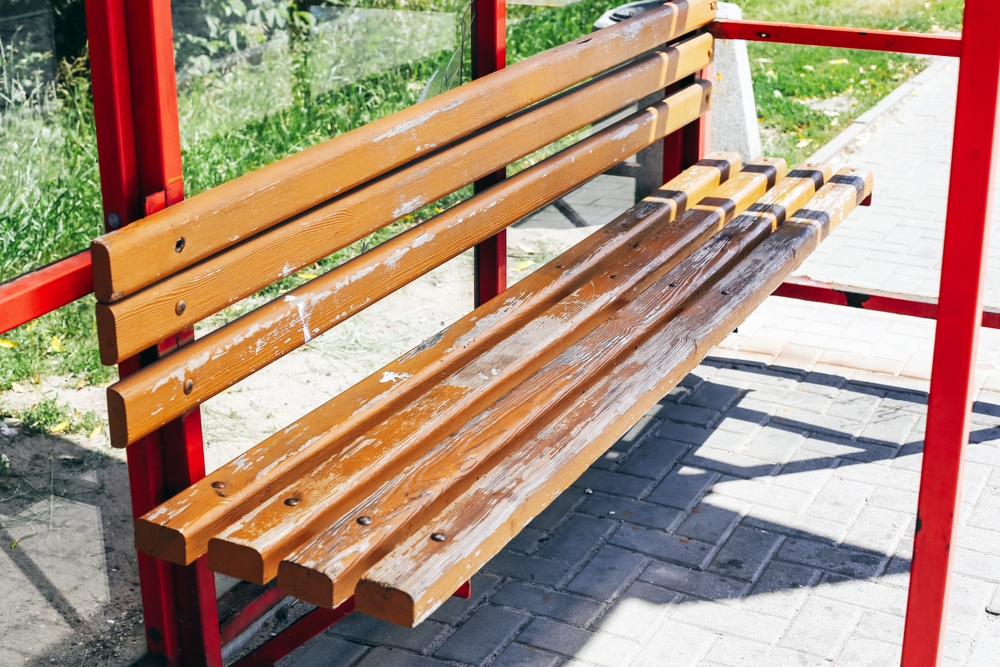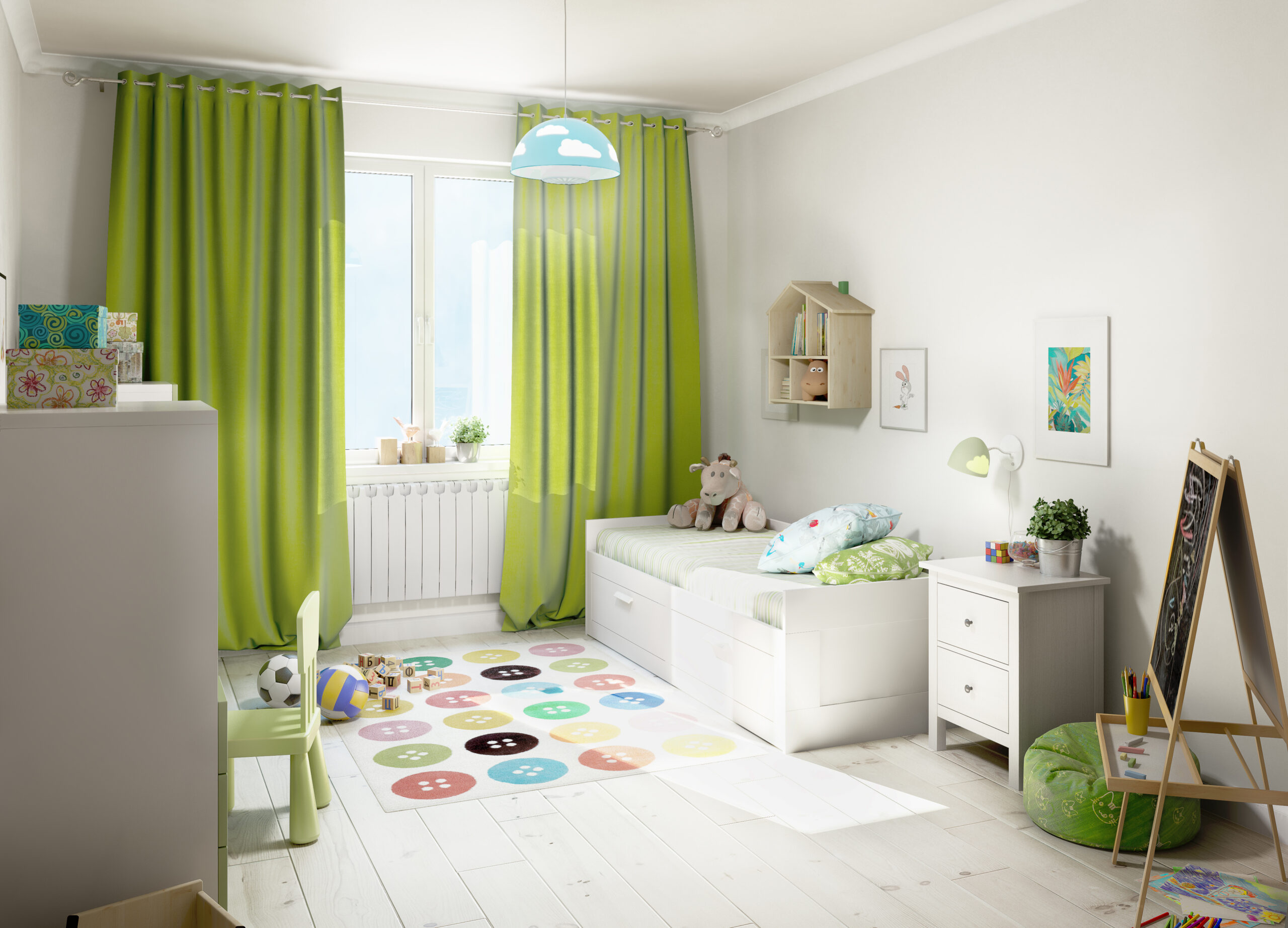Public spaces are only as inviting as the facilities that support them. From shaded bus stops to comfortable benches, well-maintained street furniture plays a huge role in making communities safe, welcoming, and functional. The same goes for park furniture, where clean picnic settings or sturdy bicycle racks encourage more people to enjoy the outdoors. For councils and community managers, caring for these assets is not just about appearances—it’s about extending lifespan, saving money on replacements, and ensuring community safety. Partnering with reliable street furniture suppliers is only the first step. Ongoing maintenance is what truly keeps these fixtures thriving for decades.
Why Maintenance Matters for Community Spaces
Public furniture faces constant exposure to the elements, heavy use, and sometimes even vandalism. Without proper care, deterioration sets in quickly, leading to higher costs in the long run. A cracked bench, rusting bin surround, or faded wayfinding sign can discourage public use and reflect poorly on the community. More importantly, poorly maintained installations can create hazards. By establishing a proactive maintenance plan, councils can ensure durability, reduce replacement costs, and foster safer, more appealing urban spaces.
Different Materials, Different Care Needs
Not all furniture is created equal. The material dictates how often and how thoroughly each piece should be cleaned and checked.
Timber
- Signs of wear: Cracking, splintering, or fading due to UV exposure.
- Care tips: Apply UV-resistant sealants every 1–2 years, clean with mild soap, and sand down rough edges.
Metal (Steel, Aluminium)
- Signs of wear: Rust, corrosion, scratches, and dents.
- Care tips: Wash with non-abrasive cleaners, check regularly for rust, and recoat with protective paint or powder finishes when needed.
Concrete
- Signs of wear: Crumbling edges, stains, or surface cracks.
- Care tips: Pressure wash annually, repair chips promptly, and apply sealers to prevent water damage.
Recycled Plastic and Composite Materials
- Signs of wear: Fading, brittleness, or warping in extreme heat.
- Care tips: Hose down regularly, use mild detergent for stains, and replace sections if structural damage occurs.
Common Furniture Types and How to Maintain Them
- Benches and Picnic Settings: Clean weekly, check bolts and joints quarterly.
- Bus and Sports Shelters: Wash glass or polycarbonate panels to prevent fogging, inspect roofing for leaks, and repaint metal frames every few years.
- Bin Surrounds & Cigarette Disposal Units: Empty and disinfect regularly to control odours, check locks and hinges.
- Bollards, Barriers, and Fencing: Inspect for impact damage, repaint or reseal as required.
- Bicycle Racks: Ensure racks are firmly anchored, repaint or recoat if scratches expose bare metal.
- Wayfinding Signage: Clean surfaces frequently, replace faded lettering, and check visibility at night.
- Tree Guards: Remove debris, check structural stability, and repaint if steel shows signs of rust.
Creating a Solid Maintenance Plan
To streamline care, councils should create a scheduled plan:
- Routine Cleaning: Weekly to monthly, depending on the piece.
- Inspections: Quarterly checks for signs of wear, vandalism, or safety issues.
- Repairs and Recoating: Addressing damage immediately reduces costs and prevents hazards.
- Replacement Planning: Even with the best care, every piece has a lifespan. Forecasting replacement costs keeps budgets in check.
A structured plan ensures accountability and consistency, reducing the chance of overlooked problems. In some cases, it may also be wise to contact the street furniture suppliers who manufactured the furniture to see if they also have some useful information or advice about the proper care and maintenance of the furniture they created, especially if it’s custom streetscape furniture.
Long-Term Cost Savings
It may seem easier to delay maintenance until issues are unavoidable, but this approach backfires. Replacing entire bus shelters or large sets of benches is far more expensive than small, routine fixes. By extending the life of street furniture and park furniture, councils save money while providing communities with safe, attractive, and functional spaces year-round.
Caring for Communities Through Urban Furniture
Well-maintained street furniture is more than a design feature—it’s an investment in public safety, sustainability, and community pride. By understanding different material needs, structuring proactive upkeep, and sourcing quality pieces from trusted street furniture suppliers, councils can ensure their fixtures remain functional and attractive for years to come. Prioritising proper care not only extends the lifespan of street and park furniture, but also helps create spaces that people genuinely want to use, making cities and towns more liveable and enjoyable.






